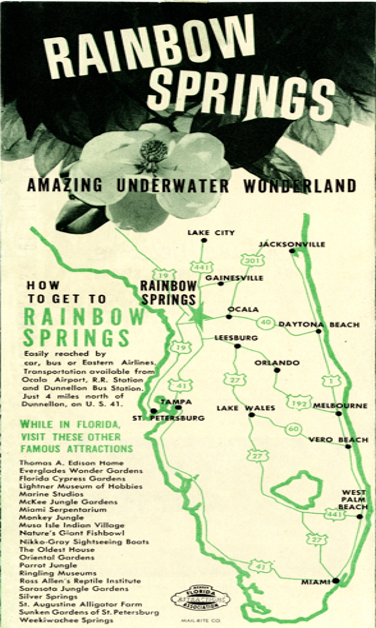Hydraulic fracturing is on its way to the Sunshine State
April 10, 2014
Usually when people think of America’s natural gas and oil production there eyes immediately point to places like Texas or Alaska followed by the stereotypical image of a wealthy oil tycoon far away from the Florida sun.
That stereotype may not be long for extinction. Technological innovations in natural gas and oil mining, that combine old techniques with new ones, have made it possible to extract these resources from previously unharvestable areas.
That puts states like Florida, long known for tourist attractions such as Disney World and the Everglades National Park, firmly in the crosshairs of Big Oil.
The Florida state House passed two sensible hydraulic fracturing bills earlier this year that lay the first groundwork allowing and regulating the controversial drilling practice, also known as “fracking” to begin in the Sunshine State.
Consumer Energy Alliance states that the bill was sponsored by both Representative Ray Wesley Rodrigues (R) of district 76 and the Florida House Subcommittee on Natural Resources and Agriculture on there website.
One bill (HB 71) is a transparency agreement which requires drilling companies to report the chemicals they use to the Department of Environmental Protection (DEP), who will then forward that information to FracFocus.org, a national public database.
The other bill (HB 157) gives DEP the capacity to determine whether or not public disclosure will be given to certain chemicals that a company may consider to be trade secrets.
This means that some chemicals used for extracting natural gas and oil may be omitted from public record to the favor of Big Oil industry secrets.
“There’s nothing inherently dangerous in fracking,” said EPA Administrator Gina McCarthy via www.consumerenergyalliance.org.
Hydraulic fracturing, also called “fracking” is a technological processed used in the development of oil and natural gas.
Pockets of oil and natural gas reside in the pore spaces hidden between grains of rock and sand called reservoir rock, in the subsurface. When conditions are right the oil and gas freely flow from the reservoir rock to oil and gas well, which can be mined with traditional methods.
In other conditions oil and gas can become trapped in these pores, especially in shale, a type of rock with very small badly connected pore spaces that don’t allow the gas to flow freely.
When “Fracking” a mixture of water, sand and chemicals are injected under high pressure into the oil-or-gas bearing rock formation. The natural gas or oil is then extracted along with the original mixture.A small amount of the original water, sand and chemical mixture stays in the ground to fill the spaces that once held natural gas or oil.
The widespread use of hydraulic fracturing has helped the United States overtake Russia as the leading oil producing country in the world. In contrast some countries have limited or banned the process including France and Bulgaria. New York State also has a moratorium.
With the new legislation working it’s way into law it may be only a matter of time before Florida becomes part of the Big Oil industry.



